
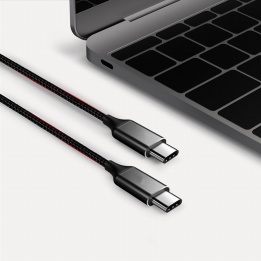
wholesale usb-c to usb-c durable 3.0 cable
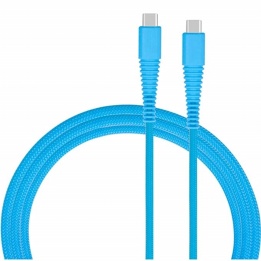
wholesale usb-c to usb-c durable cable with 3A super fast charging

wholesale 3.1A super fast charging usb-c to usb-c data cable
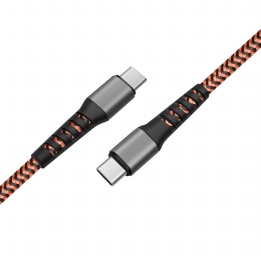
wholesale 3A super fasting usb-c to usb-c data cable
wholesale USB C to USB C Cable:
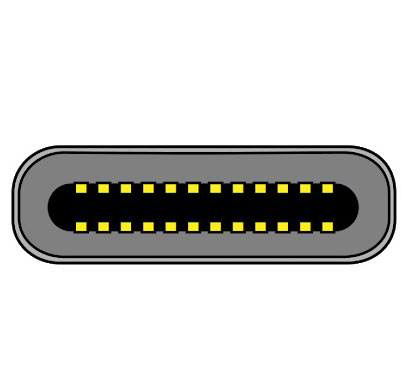
This USB-C to USB-C charging cable is a high-speed charging solution for Type-C devices. Both sides of the cable are equipped with a reversible USB-C connector that fully supports USB Type-C smartphone data transfer and fast charging between tablets and laptops. Simply connect the cable to a USB device and a compatible USB-C power adapter for quick and easy charging.
Reversible USB-C connector, regardless of the pros and cons, easy to plug in and use the USB-C standard, compatible with Type-C smartphones, tablets,laptops and power supplies. The original charger USB C cable is available on both ends, allowing you to charge between two USB or sync devices that support Type-C.The output power is up to 20V, 3 amps, guaranteed by high speed safe charging.
USB 2.0 also supports data transfer speeds of up to 480Mbps. The high quality aluminum housing makes the cable more durable. But please pay attention before buying: This is the USB-C to USB-C cable, which means it has the same USB C plug on both ends, so you may need a USB C wall charger to charge your device.To ensure the device's charging speed, use the original USB C-port wall charger or other high-quality charger that supports QC 2.0 / 3.0 and USB PD for fast charging.
the USB-C that does it all:
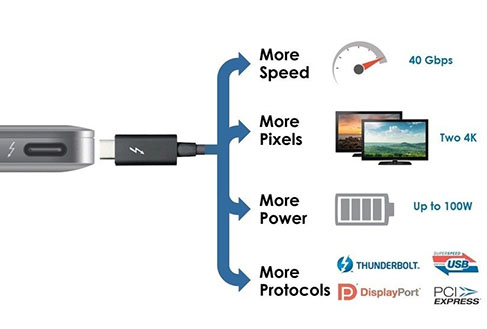
✔ Both positive and negative plug and cable direction. The advantage of Type-C is that Type-C can take up less internal space without being restricted by direction and reducing wear. For mobile phone product designers, this small change can bring more possibilities. Perhaps it will break the current record for the thinnest body thickness.
✔ Flexible and fast charging, according to the USB power supply protocol, it supports voltages up to 20V and currents up to 5A. The Type-C interface using the USB 3.1 standard supports output power up to 100W, and through this interface, not only can two-way power supply be realized, for example, while charging yourself while supplying power to external devices, the charging speed is greatly improved.
✔ Designed to support optional signal transmission modes, such as audio headphones and video output.
USB_PD protocol power negotiation:
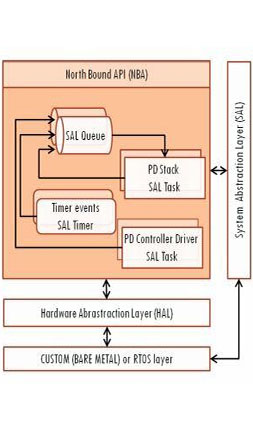
The USB_PD protocol is a power transmission protocol based on the Type_C interface. First, the pins of the Type_C interface are introduced. There are a total of 24 pins divided into two rows in a symmetrical form, that is, the upper and lower rows each have 12 pins, of which 4 One GND and four V+ can be used for power transmission. This is also the basis for supporting 100 W fast charging. There are 1 CC pins connected to the CC line on the upper and lower sides of the interface. The CC line is the USB_PD protocol data transmission channel. The communication is carried out through a single CC line, which is half-duplex. The other pins of the interface can be used for the transmission of signals such as data or audio. The Type_C interface pins are distributed symmetrically, so it also has the advantage of supporting blind mating. It does not need to distinguish between the front and the back to provide convenience for use.
In the protocol, the party supplying power is called the Source side, and the receiving party is called the Sink side. During the USB_PD protocol power negotiation process, the two parties need to communicate through the CC line and complete the energy supply negotiation to select the appropriate gear; take this design as an example to introduce the negotiation In the process, when the mobile power supply is used as the Source side, once it is detected that the CC line is pulled down, that is, there is a device inserted in the Type_C interface, it will broadcast periodically through the CC line. The broadcast content is the power supply capacity of the mobile power supply and is designed with 5 V/3 A. , 9 V/3 A, 12 V/3 A, 15 V/3 A, 20 V/3. 25 A five gears; the sink side selects a gear after receiving the energy supply information sent by the source side, and then sends the request information for the gear to the source side; when the source side receives the request information, it confirms that it meets the energy supply range After that, send the information agreeing to the application to the sink terminal, and prepare to adjust to the power level required by the sink terminal; there is a CRC check in the entire data communication process to ensure the accuracy of data transmission.
summary of power supply options:
| mode of operation | nominal voltage | maximum current | note |
| USB 2.0 | 5v | see USB 2.0 | |
| USB 3.1 | 5v | see USB 3.1 | |
| USB BC 1.2 | 5v | see USB 3.1 | legacy charging |
| USB Type-C current 1.5A | 5v | 1.5A | supports higher power devices |
| USB Type-C current 3.0A | 5v | 3A | supports higher power devices |
| USB PD | configurable up to 20V | configurable up to 5A | directional control and power level managemant |
The goals and requirements of USB PD:
| Goal | requirements |
| compatibility | USB2.0 USB3.0 USB3.1 compatibility support. Compatibility support for BC specification. |
| power | The maximum power can reach 100W, and the current and voltage can be negotiated. |
| Negotiability | Relying only on Type-C CC signal connection negotiation, no additional data lines are required. |
| start up | VBUS starts from the traditional 5V, and adjusts the voltage and current after negotiation. |
| Strategy | The IC's built-in default hardware strategy supports startup. The software interface supports the configuration of advanced strategies. |
| user experience | Report USB PD status to OS. Support extended mode. |
